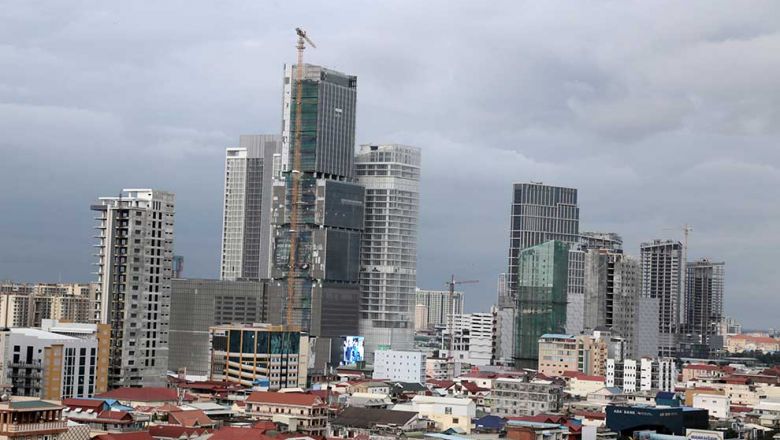Nine-month Cambodia-Oz trade doubles on RCEP boost
Nine-month Cambodia-Oz trade doubles on RCEP boost
The merchandise trade between Cambodia and Australia reached $404.467 million in the first nine months of 2022, doubling against the same period last year, an upswing that has been largely attributed to a mega trade pact between them and 13 other nations that entered effect on January 1, on top of improved relations as well as post-Covid-19 recovery initiatives and results thereof.
In the January-September period, bilateral commodity trade was up 100.35 per cent from the $201.882 million recorded in the same time last year, according to the General Department of Customs and Excise of Cambodia (GDCE).
Cambodian exports to and imports from Australia were $283.552 million and $120.915 million, respectively, up 132.58 per cent and 51.2 per cent year-on-year from $121.914 million and $79.968 million.
The Kingdom’s trade surplus with Australia for the period expanded by 287.7 per cent year-on-year, from $41.946 million to $162.638 million.
Cambodia Chamber of Commerce (CCC) director-general Nguon Meng Tech affirms that trade between the two countries has increased steadily, especially in the last few years.
The two-way merchandise trade between the two countries has ballooned from a little over A$20 million in 2003 as reported by the embassy – roughly US$15 million then – to $324.492 million in 2021, according to the Ministry of Commerce.
Meng Tech explained that the trade figures, especially for Cambodian exports, were most likely buoyed by improved diplomatic ties, prompt adoption of the “living with Covid-19” protocol and accompanying action to lead the economy into post-pandemic recovery, among other key factors.
But perhaps the largest driver was the Regional Comprehensive Economic Partnership (RCEP), the world’s largest trade deal, which introduced a raft of mutual tariffs and other incentives, he stressed.
The RCEP is a free trade agreement (FTA) among the 10 ASEAN countries of Brunei, Cambodia, Indonesia, Laos, Malaysia, Myanmar, the Philippines, Singapore, Thailand and Vietnam, as well as five additional Asia-Pacific nations: Australia, China, Japan, South Korea and New Zealand.
Meng Tech contended that due to its developed status and higher incomes throughout its population, Australia would buy more Cambodian merchandise, should the Kingdom diversify its offerings and step-up quality control, especially of items granted preferential treatment under the RCEP.
“With the continuous diversification of goods, I believe that goods exchanges between the two countries will gain even more momentum, especially of Cambodian products to the Australian market,” he said.
In an earlier interview with The Post, CCC vice-president Lim Heng mentioned that, in general, the bulk of Cambodian exports to Australia comprise textile-related items, bicycles and agricultural products, while key imports include electronics and vehicles.
Royal Academy of Cambodia economics researcher Ky Sereyvath claimed that the RCEP has prompted local firms to look into ramping up exports to Australia of milled rice, garments, gold and other important commodities.
“The RCEP and other trade agreements that Cambodia has signed are helping more Cambodian goods be exported,” he said.
In early September, commerce minister Pan Sorasak and Australian ambassador Pablo Kang reaffirmed their respective countries’ commitment to strengthening bilateral trade cooperation.
The minister lauded the record of cooperation between the two countries, and highlighted the progress made on the 19 “priority economic deliverables” (PED) under the Kingdom’s 2022 ASEAN rotating chairmanship, especially on talks for an upgrade to the 12-nation ASEAN-Australia-New Zealand Free Trade Area (AANZFTA).














